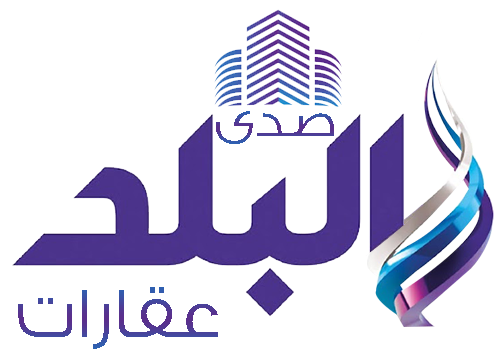The recent Israeli bombardment of southern Lebanon has resulted in damages exceeding $1.5 billion, according to a Lebanese government official cited by Agence France-Presse (AFP).
The escalation, which began in October in response to the conflict in Gaza, has severely impacted infrastructure and residential areas in southern Lebanon.
The conflict between Hezbollah, based in southern Lebanon, and the Israeli military has led to daily airstrikes and artillery fire.
Hezbollah has retaliated with rocket attacks targeting northern Israel. The South Lebanon Council estimates that infrastructure damages alone amount to approximately $500 million, affecting water, electricity, health services, and essential roads.
The council further reported that around 1,700 homes have been destroyed, with an additional 14,000 homes suffering partial damage.
These figures represent about 80% of the affected areas, as some regions remain inaccessible due to ongoing bombardments, particularly near the Lebanon-Israel border.
The seven-month escalation has forced over 93,000 people to flee their homes, particularly from border villages.
Displaced families have sought refuge in schools repurposed as shelters or have moved to the outskirts of cities.
This displacement has led to significant challenges, including loss of income, lack of housing, and disrupted education for children.
Many villages, such as Kfarkela, have been completely abandoned, transforming into ghost towns. The intensity of the airstrikes has prevented journalists and rescue workers from reaching the southern regions, leaving the full extent of the destruction unknown.
Residents have reported widespread fires in farms and villages, exacerbated by Hezbollah's rocket strikes on northern Israel, which have ignited retaliatory fires.
The recent escalation has raised fears of a broader conflict, with Israeli officials threatening massive retaliatory actions that could devastate Lebanon.
Israeli Prime Minister Benjamin Netanyahu recently announced a general mobilization for the northern front, signaling potential military action in southern Lebanon.
As the situation remains tense, the international community watches closely, concerned about the humanitarian and geopolitical implications of the ongoing conflict.












